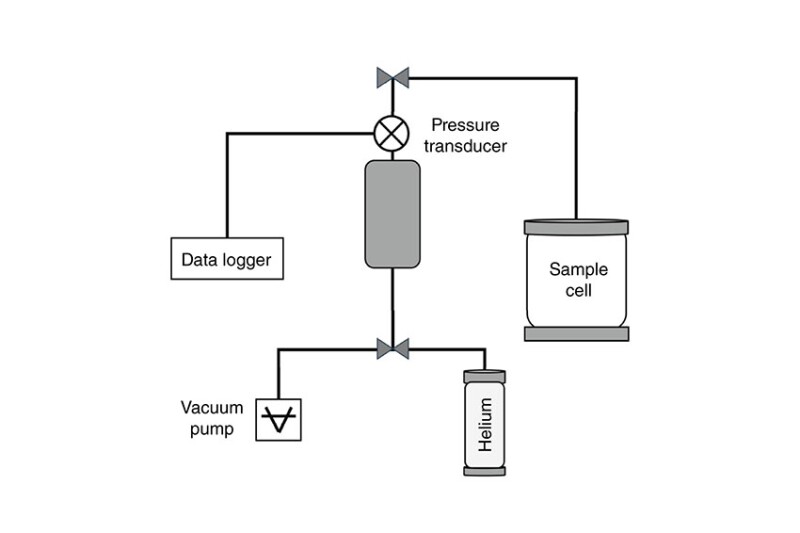Understanding fluid-flow characteristics in reservoir rocks requires a reliable assessment of permeability and saturation-dependent relative permeability, which is also essential for quantifying primary recovery mechanisms and enhancing successful exploitation of reserves. The complete paper introduces new methods to perform reliable permeability and saturation-dependent relative permeability measurements in organic-rich mudrock core samples using a pressure-decay setup. The introduced method is applicable to samples of any shape.
Introduction
The authors address the challenges associated with the long duration of saturating organic-rich mudrocks, introducing an integrated workflow of saturation and permeability measurement that adopts a setup to saturate core samples and the concept of pressure-decay setup for the purpose of fast and reliable assessment of absolute permeability and saturation-dependent relative permeability. This saturation technique was adopted to partially saturate the tight rock samples for relative permeability measurements.

